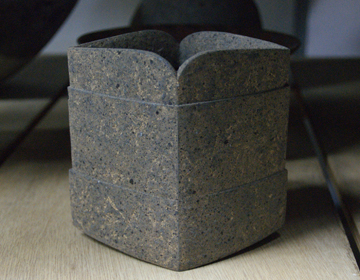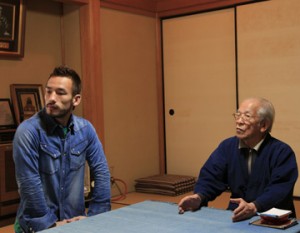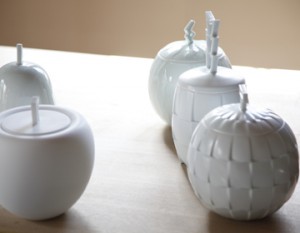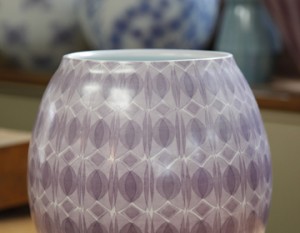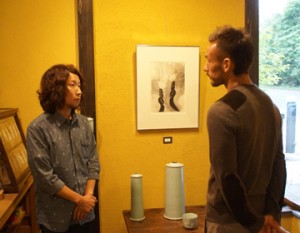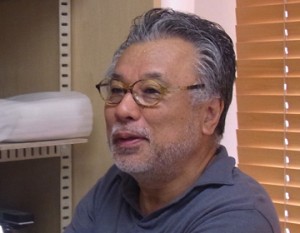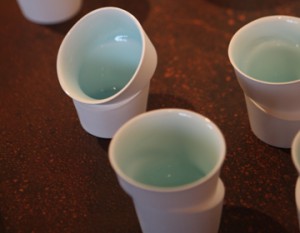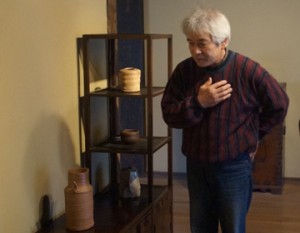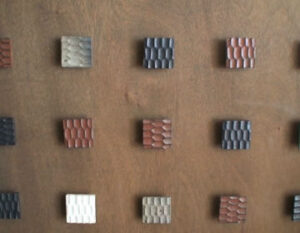Ceramics with Rust-like Texture
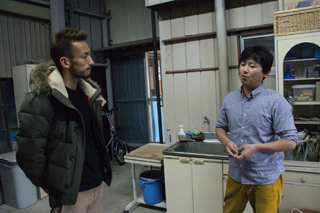
The most prominent characteristic of the young up-and-coming ceramic artist Daisuke Iguchi’s work is the rust-like texture of its surface. At first sight, Nakata says, “It looks like rusted steel. But it’s ceramic ware, right?”
“I call my works ‘shuto’ (underglaze iron ceramic), literary meaning rusted ceramics. I’ve always liked this weathered objects like this. I’ve always had an affection for things such as moss growing and clinging on rocks. So, I wanted to express that with ceramics.”
But he says it took quite some time to achieve that texture.
Creating Texture
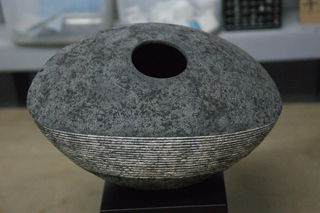
After forming and biscuit firing, rice husk ash is applied to the surface. Followed by firing in a kiln and sweeping the surface with a wire brush. And it was quite a struggle until he arrived at the idea of using rice husk ash. After experimenting with various materials such as coal and charcoal, Iguchi concluded with using rice husk ash.
Charcoal would melt by the high temperature in the kiln resulting in a smooth glass like surface, but rice husk ash does not melt even in high temperature leaving a thin coat. By scraping down to the coat, surface of the ceramic work attains a skin with the rusted texture. Furthermore, Iguchi is now able to change the expression of the skin depending on the material mixed in the rice husk ash.
Sticking to Hand-building
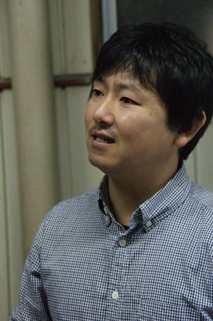
Another feature of Iguchi’s works is in their form full of originality. Some of the works have loose and worm rounded figure, while others are sharp and angular. The fusion of these forms gives a rare impression. He says these shapes are possible since they are hand-built.
“These shapes are slightly distorted. This inconsistency gives a sense of comfort. It can only be done by hand building.”
A question Nakata often asks artists is how usable they consider their works to be. This is because in addition to the aesthetic value of the artifacts themselves, he takes into consideration how the object can be used artistically. He asks the question again.
“Of course, I’d like my works to be used since they are ceramic ware.” Answered Iguchi. “But if I think about making my works user-friendly, I can’t come up with interesting shapes. So, on the contrary, it’s interesting to imagen how my works would be used.”



